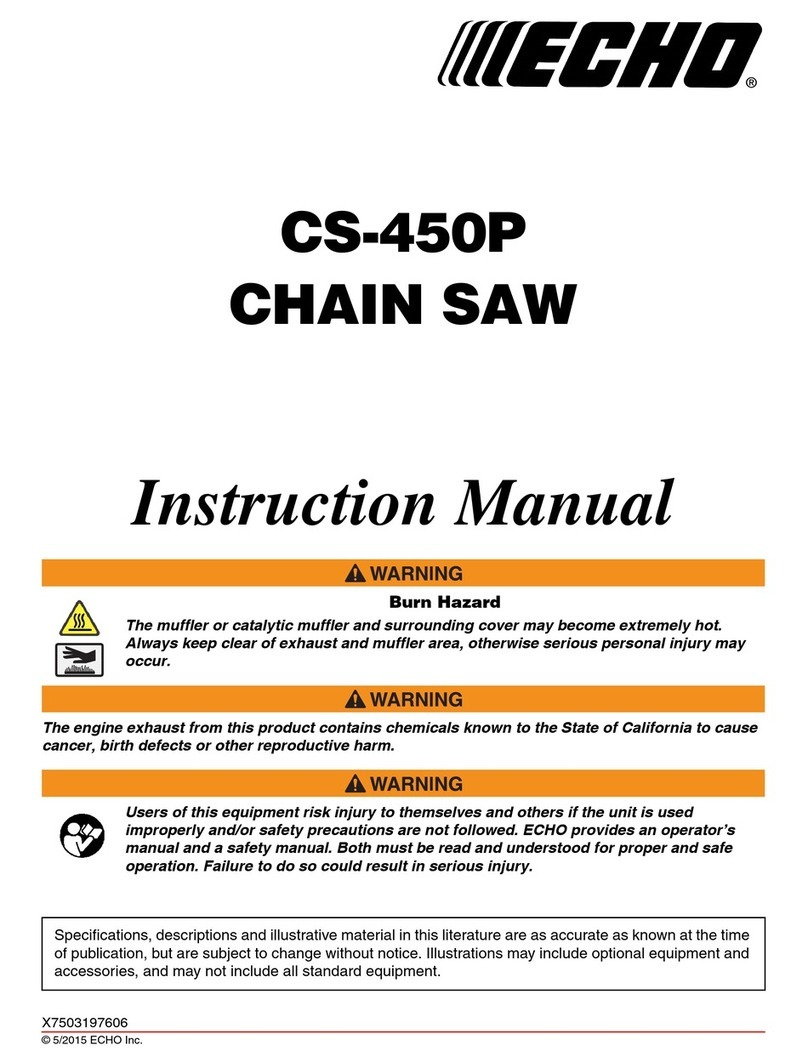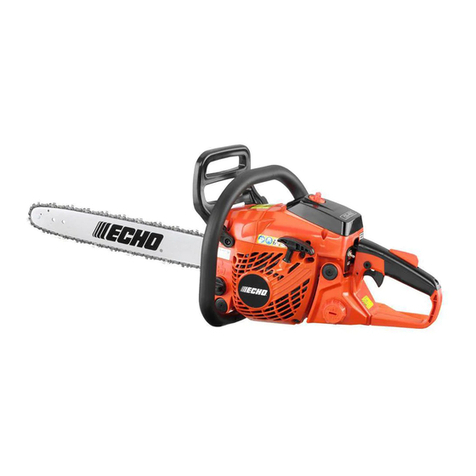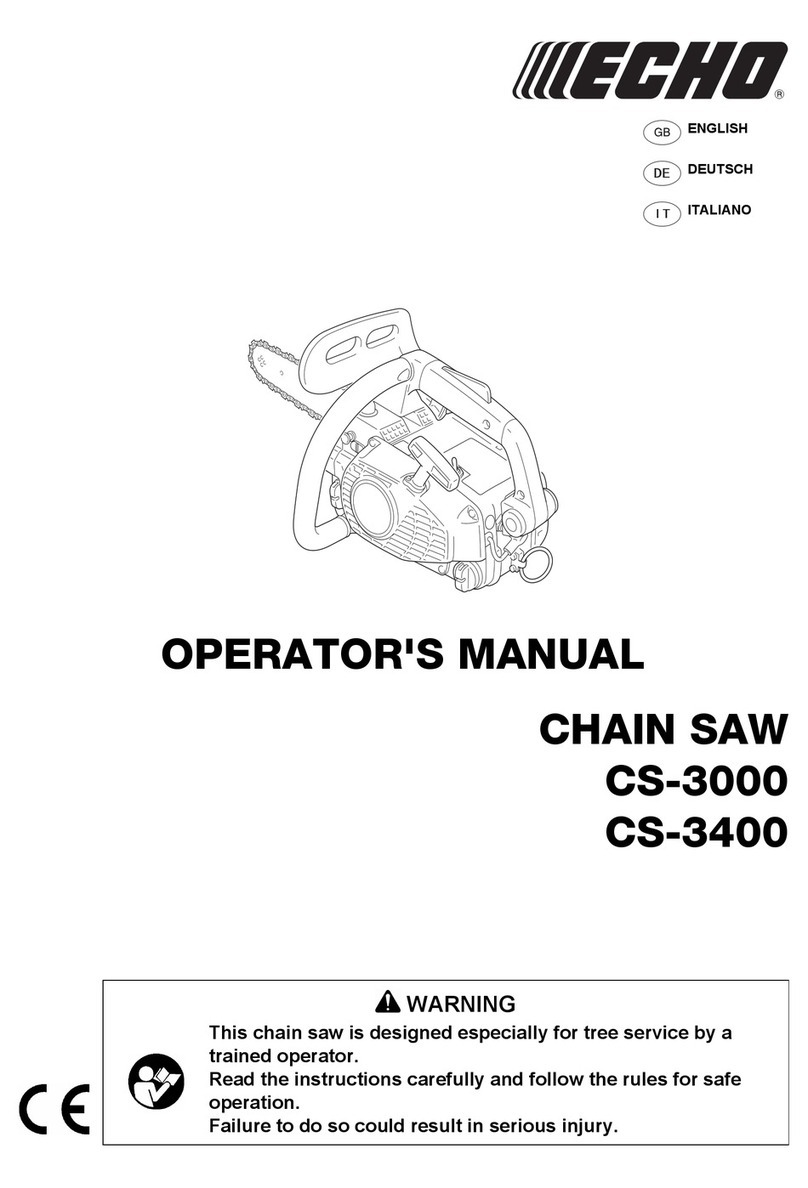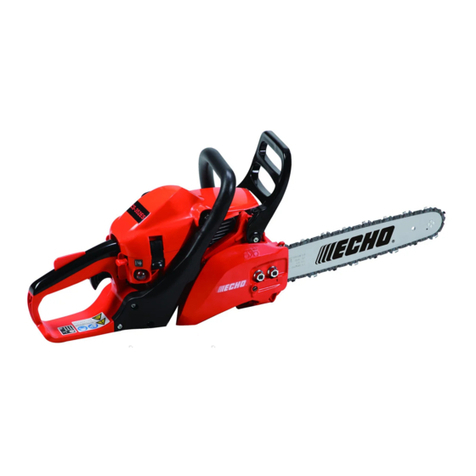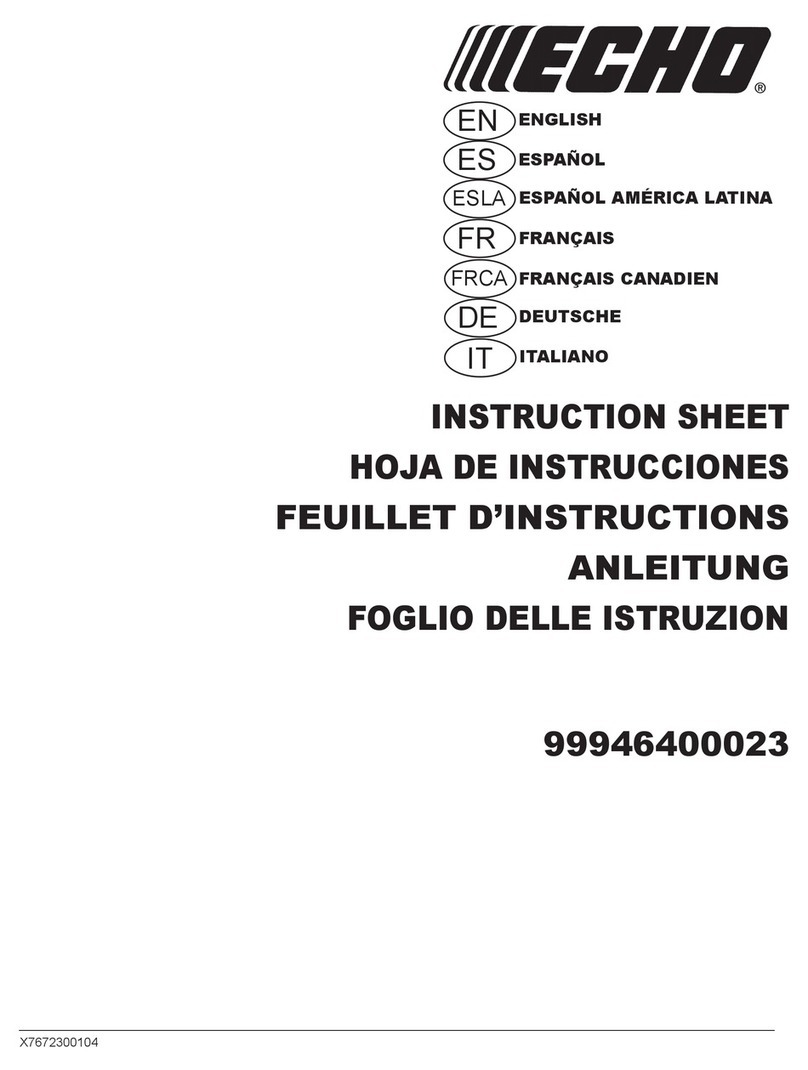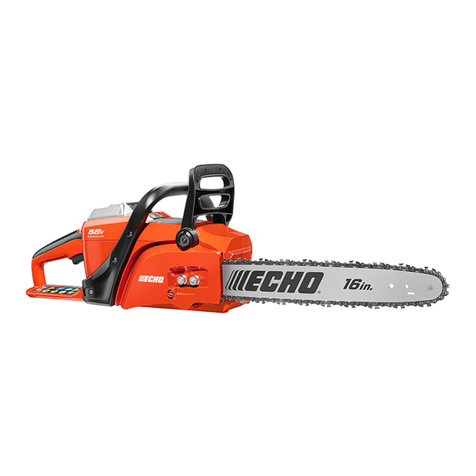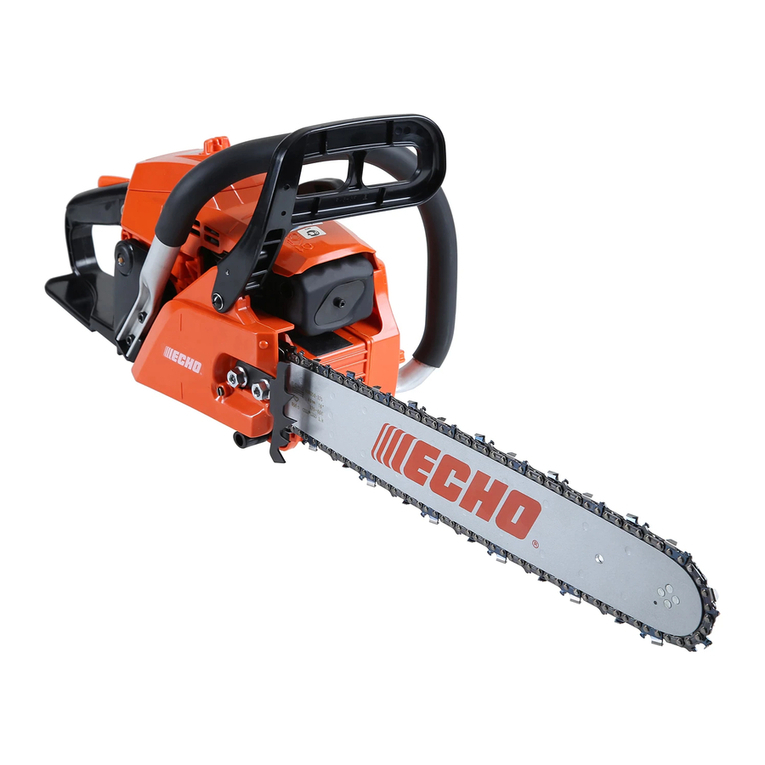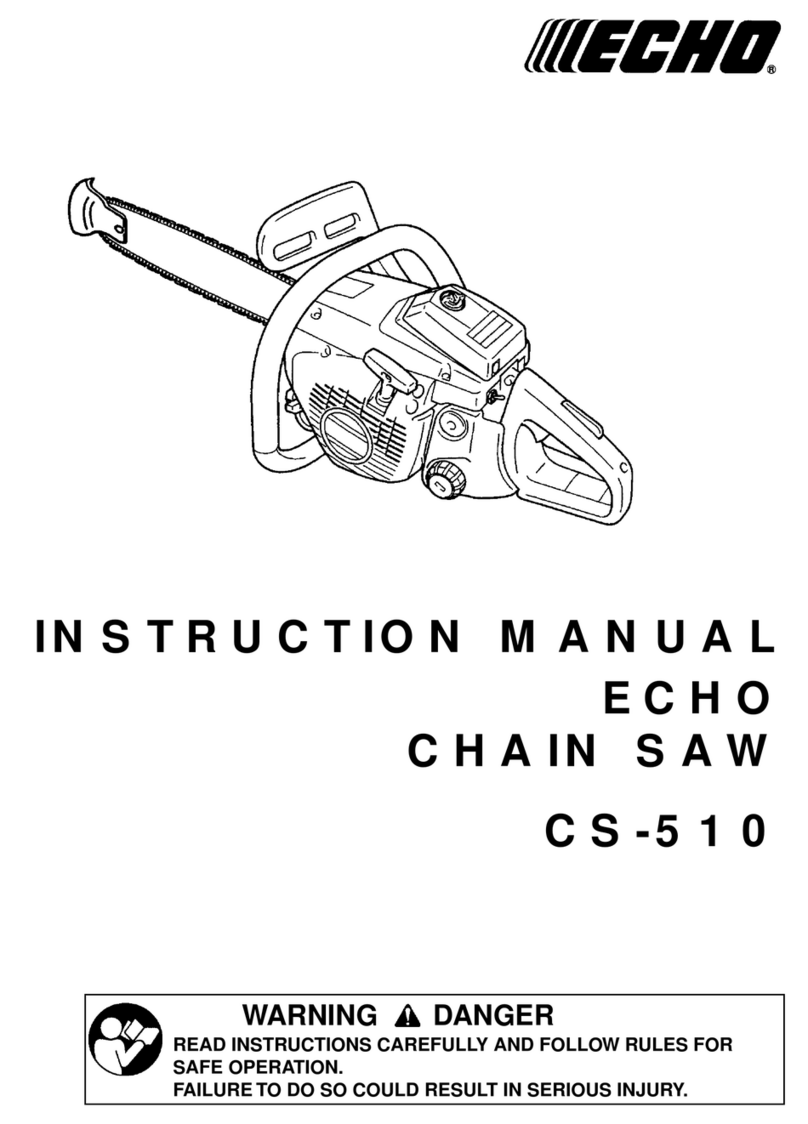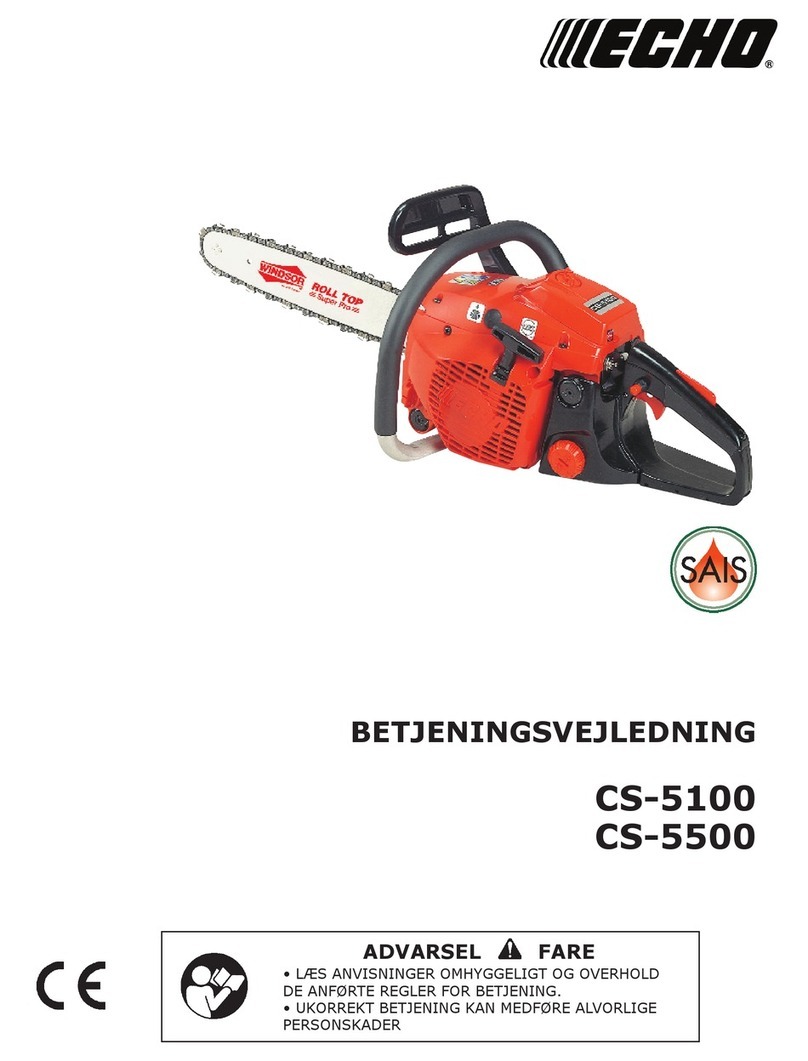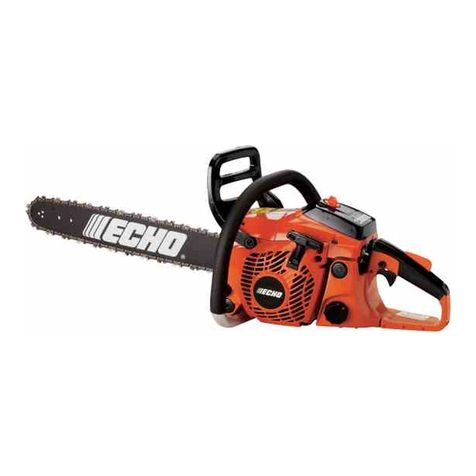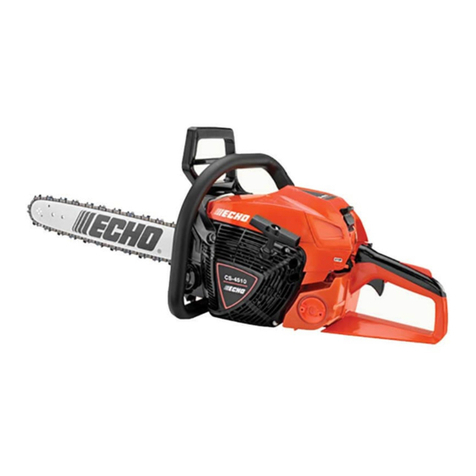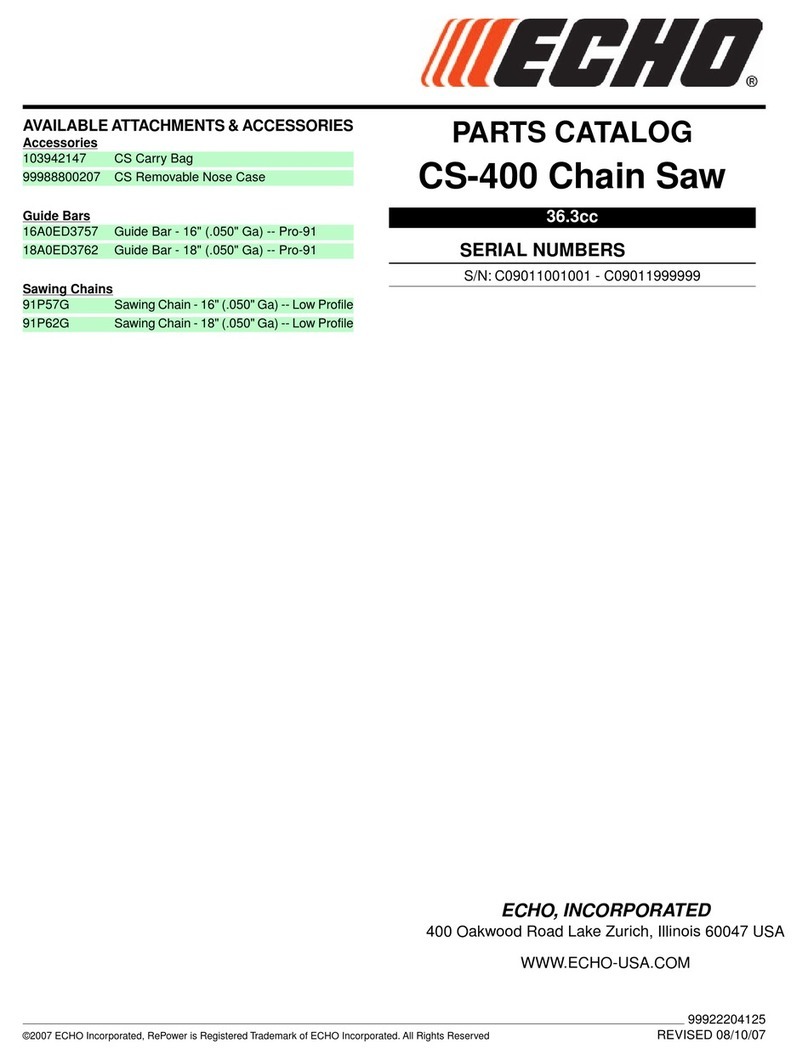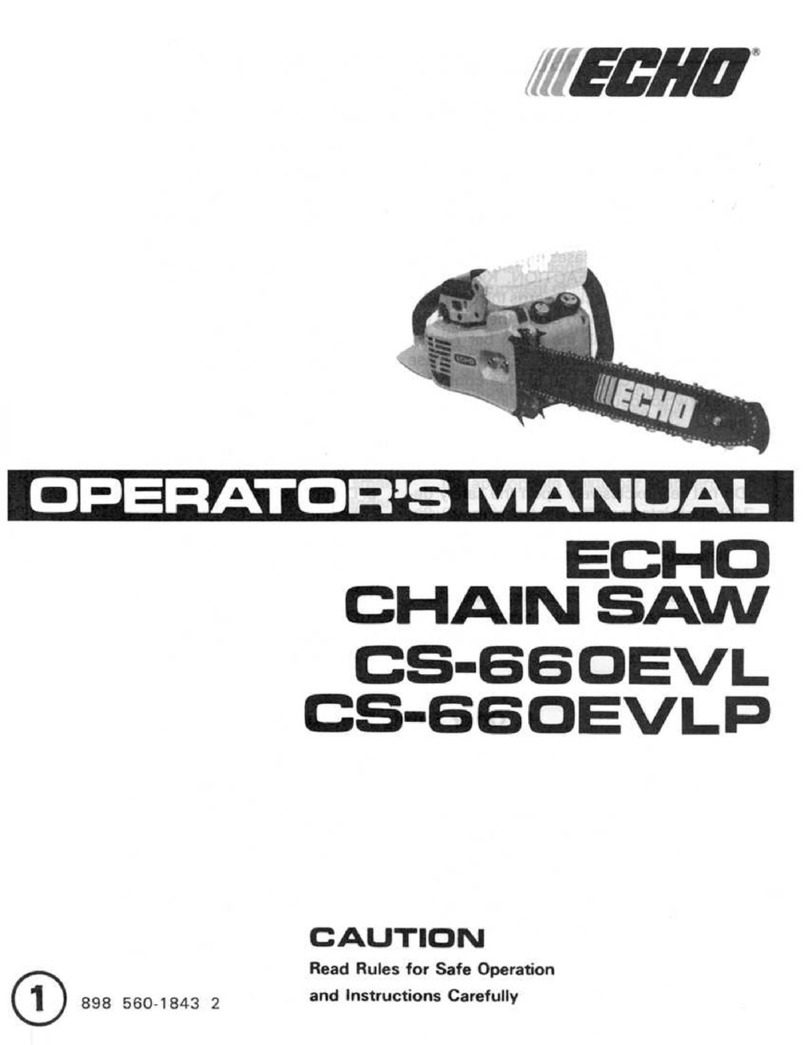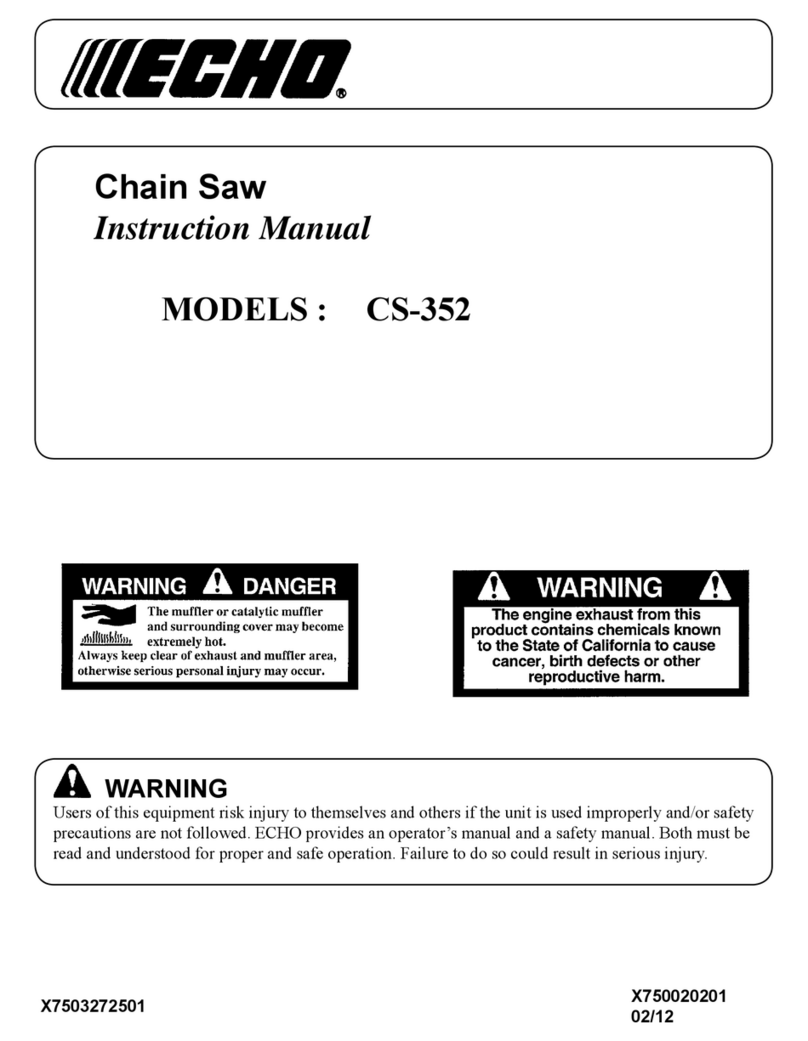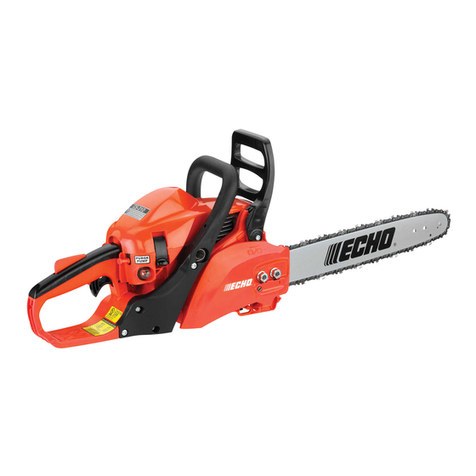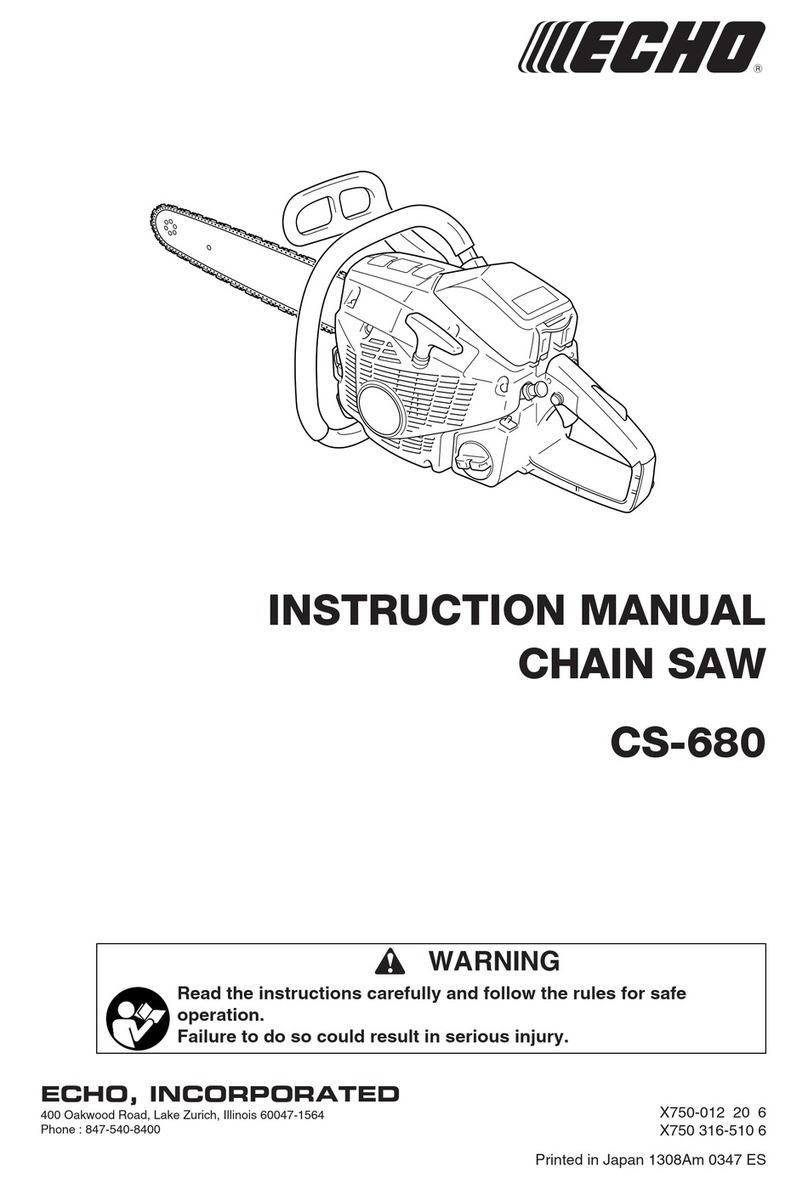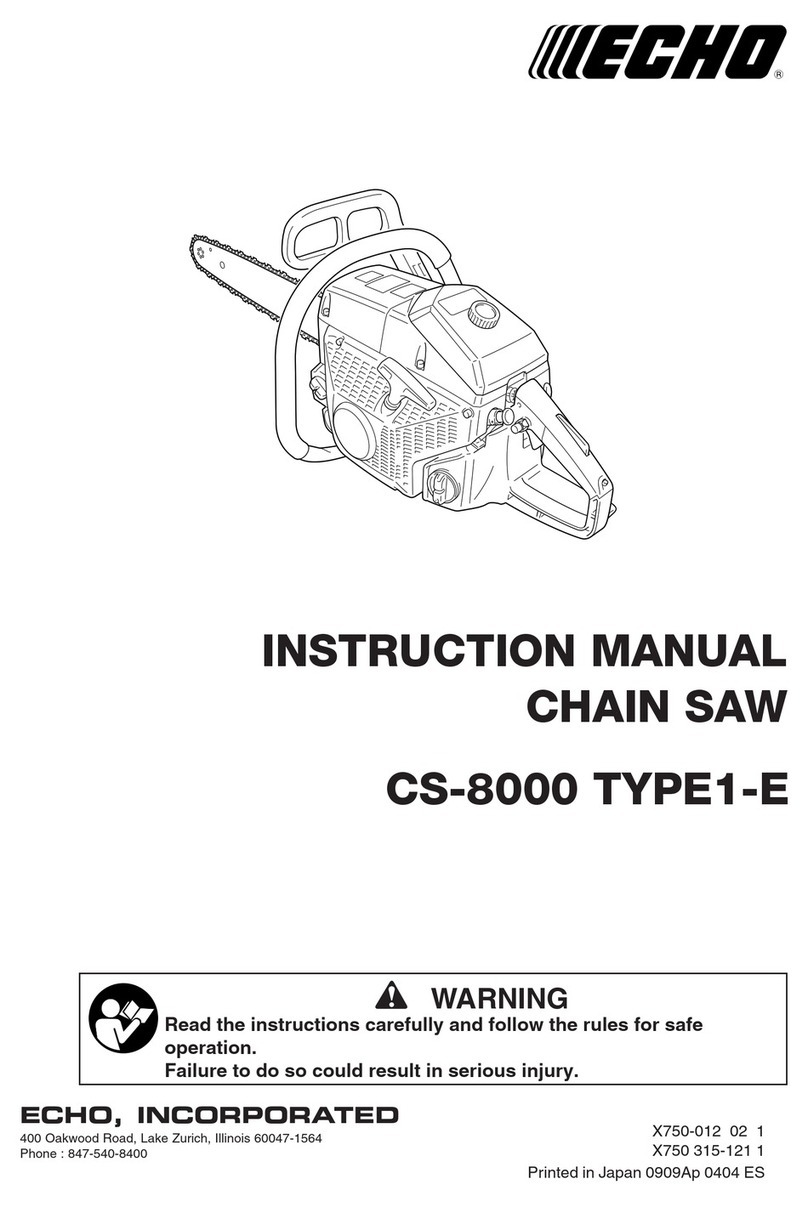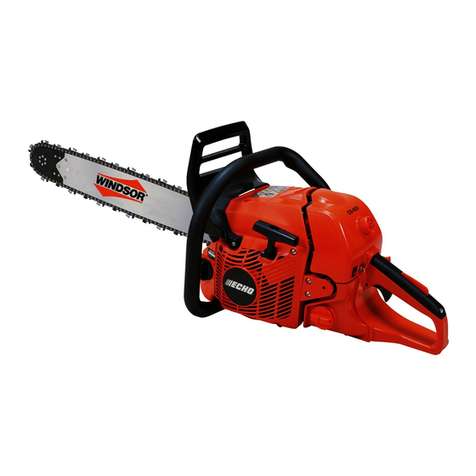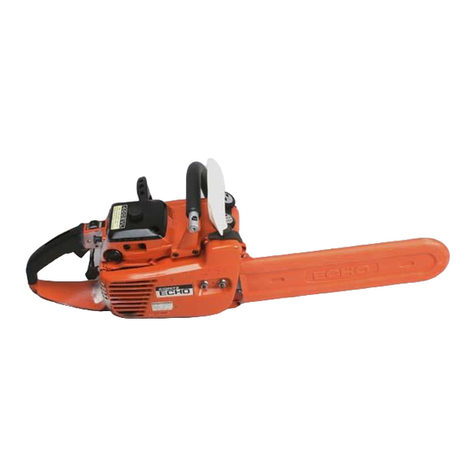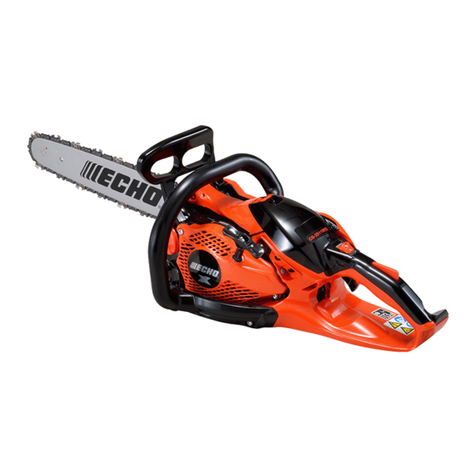
3
CONTENTS
Page
RulesforSafe Operation..................................................................................................2
TechnicalData .................................................................................................................4
Emission Data .................................................................................................................5
Description ......................................................................................................................5
Nomenclatureof Parts......................................................................................................6
PreparationforUse..........................................................................................................7
Fueland Lubricant............................................................................................................8
Operation.........................................................................................................................9
CuttingInstructions ......................................................................................................... 11
MaintenanceandCare...................................................................................................15
Chain and Guide Bar Combinations...............................................................................18
SettingtheSaw Chain....................................................................................................18
Troubleshooting..............................................................................................................20
Storage..........................................................................................................................21
Correct Use of Chain Brake ...........................................................................................22
ServicingInformation......................................................................................................24
7. Keepallpartsofyourbodyawayfromthesaw
chainwhen theengineisrunning.
8. Before you start the engine, make sure that
thesaw chainis notcontacting anything.
9. Carrythechainsaw withthe enginestopped,
the guide bar and saw chain to the rear, and
themufflerawayfromyourbody.
10.Donotoperate achainsaw that isdamaged,
improperly adjusted, or not completely and
securely assembled. Be sure that the saw
chain stops moving when the throttle control
trigger is released.
11. Shutofftheenginebeforesettingthechainsaw
down.
12.Useextremecaution when cuttingsmall size
brushandsaplingsbecauseslender material
may catch the saw chain and be whipped to-
wardyou orpull youoff balance.
13.When cutting a limb that is under tension, be
alert for spring back so that you will not be
struck when the tension in the wood fibers is
released.
14.Keep thehandles dry, clean,and freeofoil or
fuelmixture.
15.Operatethechain sawonlyin well-ventilated
areas.
16.Do not operate a chain saw in a tree unless
youhavebeen specificallytrainedto doso.
17.Allchainsawservice,otherthantheitemslisted
intheInstructionManualmaintenanceinstruc-
tions,shouldbeperformedbycompetentchain
saw service personnel. (For example, if im-
proper tools are used to remove the flywheel
or if an improper tool is used to hold the fly-
wheelin ordertoremovetheclutch,structural
damagetotheflywheelcould occurandcould
subsequentlycausetheflywheeltoburst.)
18.When transporting your chain saw, use the
appropriate guide bar scabbard.
19.SparkarrestormufflersapprovedtoSAEStan-
dard J335b are Standard on ECHO Chain
saws to reduce the possibility of forest fires.
Do not operate the chain saw with a loose or
defectivemuffler.Donotremovethesparkar-
restorscreen.
